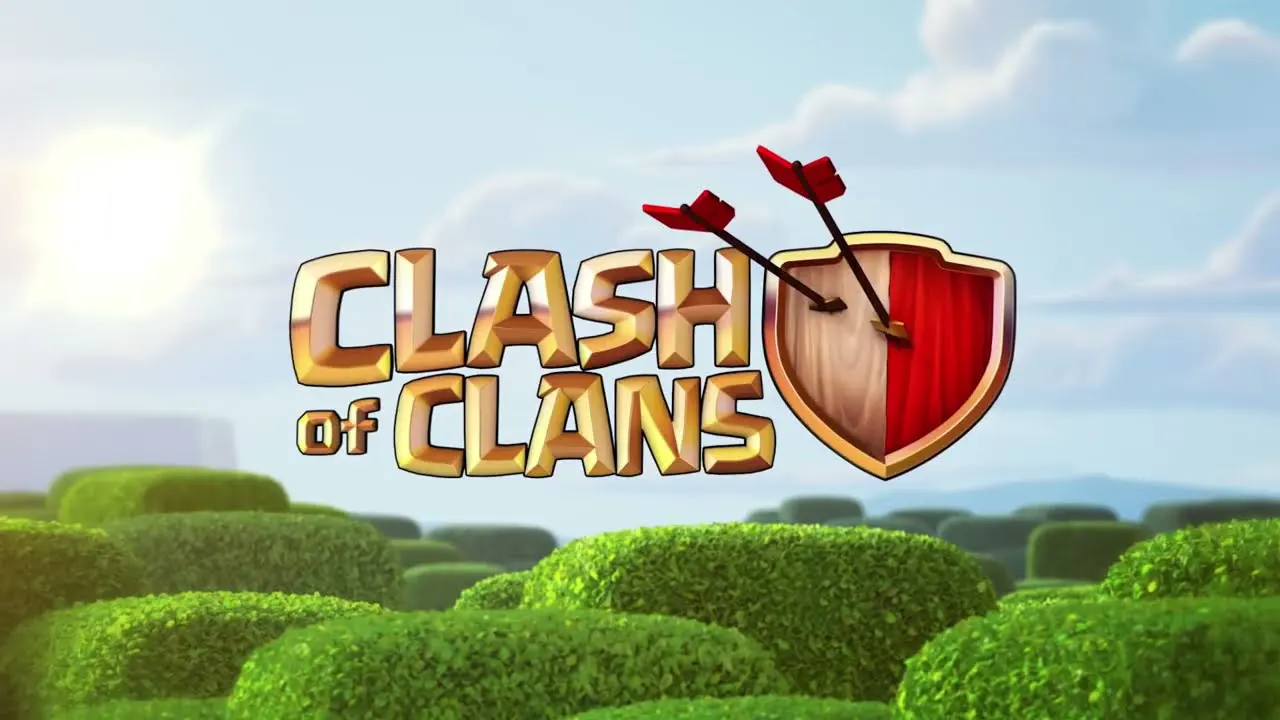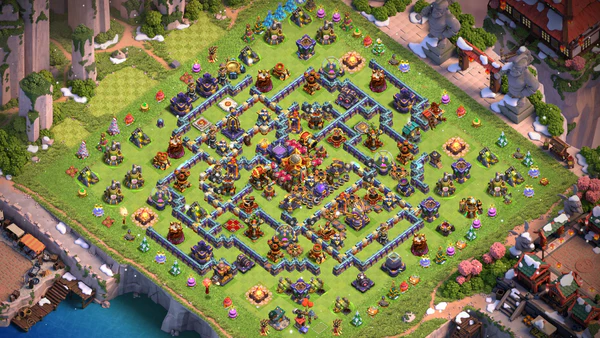
The Evolution and Popularity of Clash of Clans
Clash of Clans, developed by Supercell, is one of the most iconic mobile strategy games in the world. Launched in 2012, the game quickly became a cultural phenomenon and continues to attract millions of players globally. This article delves into the game’s history, gameplay mechanics, and its impact on the gaming industry. By combining base-building with strategic warfare, Clash of Clans has become a benchmark for mobile gaming innovation.
History and Development
Clash of Clans was created by the Finnish game development company Supercell. The game debuted on iOS in August 2012 and later expanded to Android in October 2013. Supercell’s vision was to create a mobile game that balanced fun, strategy, and social interaction. The initial success of the game was largely due to its engaging mechanics and the innovative use of multiplayer features, which were groundbreaking at the time.
One of the key factors contributing to the game’s popularity was its accessibility. Players could easily pick up and play without prior experience in strategy games. This accessibility, coupled with regular updates and engaging visuals, helped Clash of Clans stand out in a competitive mobile gaming market.
Moreover, the game utilised an innovative monetisation model. While it was free to download and play, players could purchase gems to speed up upgrades and buy resources. This system provided players with flexibility, allowing them to play at their own pace while still supporting the developers financially.
The Early Days
Upon release, Clash of Clans immediately stood out for its intuitive interface and compelling gameplay. Players were drawn to the opportunity to build their own villages, train armies, and engage in battles with other players. The competitive nature of the game fostered a sense of community, further solidified by the introduction of clans.
Supercell’s focus on community engagement was evident in their design choices. Clan features encouraged players to collaborate, strategise, and share resources. This social element was a major driver of the game’s success, making it more than just a strategy game—it became a platform for global interaction.
Gameplay Mechanics
At its core, Clash of Clans is a mix of base-building and strategy. Players collect resources like gold, elixir, and dark elixir to upgrade their village, train troops, and attack enemy bases. The combination of offence and defence strategies has made the game uniquely challenging and addictive.
The game introduces a variety of troop types and buildings, each serving specific roles in defence and offence. From Archers and Barbarians to powerful siege machines, players can customise their armies to suit their playstyles. Additionally, resource management plays a critical role in success, requiring players to carefully balance upgrades, troop training, and defence-building.
The strategic depth of Clash of Clans is further enhanced by the need to create robust base layouts. A well-designed base can thwart enemy attacks, protect resources, and secure victory in multiplayer battles. The game’s matchmaking system ensures that players face opponents of similar skill levels, maintaining a fair and competitive environment.
Clan Wars
One of the most celebrated features of the game is Clan Wars. This mode allows players to team up with clan members to battle against other clans for rewards and prestige. Clan Wars foster a sense of camaraderie and teamwork, adding another layer of engagement to the game.
Participation in Clan Wars requires careful planning and coordination. Players must strategise their attacks to maximise points for their clan, often relying on communication tools to discuss tactics. The rewards earned in these wars can be used for upgrades and enhancements, further incentivising participation.
Beyond Clan Wars, the game features numerous seasonal events and challenges, keeping the content fresh and exciting. These events often introduce temporary game modes, exclusive rewards, and opportunities to earn additional resources, ensuring that long-time players remain engaged.

Impact on the Gaming Industry
Clash of Clans has had a profound influence on mobile gaming. It pioneered the free-to-play model with in-app purchases, setting a standard for monetisation in mobile games. The game has also demonstrated the viability of mobile eSports, hosting numerous tournaments worldwide and offering substantial prize pools.
Its success has inspired countless developers to adopt similar models, leading to a surge in strategy games on mobile platforms. Clash of Clans has not only set benchmarks for gameplay but also for community-driven content. Its influence extends to fostering connections between players globally, proving the power of social gaming elements.
Furthermore, the game’s longevity is a testament to its quality and adaptability. Supercell has consistently introduced updates, new troops, and features that cater to both casual and competitive players. The balance between accessibility and complexity ensures that the game appeals to a wide demographic.
Continued Popularity
A decade after its release, Clash of Clans remains relevant due to consistent updates, new features, and a dedicated player base. The introduction of new troop types, seasonal challenges, and events ensures that players remain engaged. Supercell’s commitment to community feedback has also played a vital role in the game’s longevity.
Today, Clash of Clans is not just a game; it is a cultural phenomenon. With millions of active players worldwide, it continues to bring together individuals from diverse backgrounds. The game’s success story serves as an inspiration for aspiring developers and highlights the potential of mobile gaming as a dominant force in the industry.
Clash of Clans exemplifies the perfect blend of strategy, community interaction, and ongoing innovation. Its success continues to inspire the mobile gaming industry, proving that a well-designed game can achieve both longevity and cultural impact.
